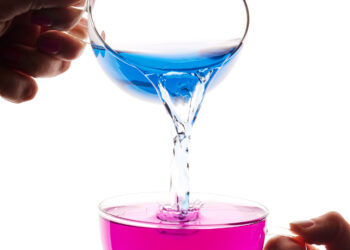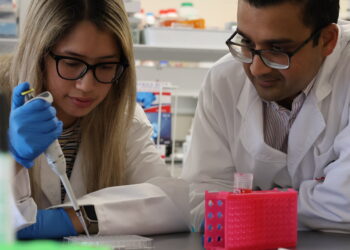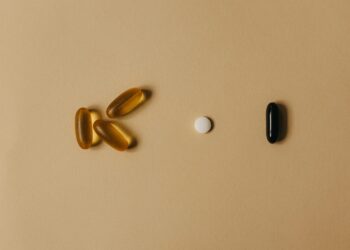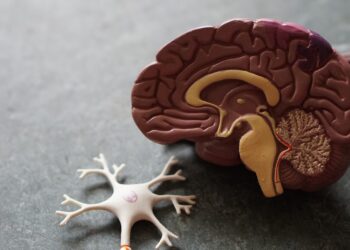Pre Menstrual Syndrome known as PMS is a condition characterised by physical discomfort and changes in mood and behaviour associated with menstruation. Over one hundred different symptoms have been recorded in association with PMS and it’s the main reason why we dread our periods.
PMS normally occurs during the seven to ten days before menstruation – what is known as the luteal phase of the menstrual cycle – and disappears at the beginning or in the first few days of the onset of menstrual flow.
Symptoms last from a few hours to ten to twelve days and usually cease or reduce with onset of the period. However, sometimes symptoms may persist through or after the period.
Some of these symptoms include:
- Abdominal bloating
- Abdominal cramps
- Breast tenderness or swelling
- Insomnia
- Joint or muscle pain
- Headache or migraine
- Fatigue
- Acne
- Mood swings
- Anxiety
- Irritability
- Changes in libido
- Increase in appetite or cravings
- Constipation followed by diarrhoea
- Hot Flashes
- Worsening of existing symptoms or disease states
What causes PMS?
A hormonal imbalance such as low progesterone and too much oestrogen in the luteal phase of cycle. A hormonal imbalance can be caused by the following:
– A lack of dietary healthy, pastured saturated fats. Cholesterol builds our hormones. They also act as carriers for important fat-soluble vitamins A, D, E and K, and required for the conversion of carotene to vitamin A, for mineral absorption, and for a host of other biological processes.
– Too many processed vegetable oils, margarine, high temperature cooked oils or trans fats. These displace good healthy saturated fats and healthy unsaturated fats in the body.
– Soy intake. Phytoestrogens found in soy create hormonal imbalances.
– A congested liver due to drugs (medicated and recreational), alcohol, sugar, caffeine and smoking. The liver metabolizes our hormones.
– Irregular bowel movements causing a reabsorption of toxins which affect liver metabolism of
hormones and the reabsorption of metabolized hormones creating a hormonal imbalance.
– Obesity, hyperinsulinaemia and insulin resistance. Quit sugar to correct this imbalance!
– Malnutrition, eating disorders, fasting and excessive exercise.
– Genitourinary infection such as thrush.
– Disorders of the endocrine system such as an underactive thyroid.
– Physical, emotional, and mental stresses. An increase in cortisol creates an imbalance of
reproductive hormones.
– Lack of exercise, poor lymphatic flow, and circulation to pelvic organs.
– Traveling regularly or changing time zones.
– A history of taking the oral contraceptive pill.
– Reproductive disorders such as POS, endometriosis and fibroids.
– A high salt intake, processed foods, alcohol and caffeine can exacerbate symptoms such as water retention and bloating premenstrually.
Treatment:
Addressing the underlying causes is key. A hormone blood or saliva test is best performed before treatment as well as assessing any nutritional deficiencies.
Step 1:
Eliminate all processed and packaged foods, sugar, refined salt, gluten, caffeine, alcohol and recreational drugs.
Replace with whole fresh, organic foods: vegetables, fruit, pastured – beef, lamb, chicken and eggs, wild seafood and fish, cultured or fermented foods and bones stock broths, some full fat additive free dairy, some gluten free pseudocereals such as amaranth, quinoa and buckwheat and some activated nuts and seeds.
Start moving your body to encourage pelvic flow through yoga or Pilates. This also encourages stillness and creates stress relief.
Start menstrual charting by recording your symptoms starting with day one of our cycle. The first day of your period is the first day of your cycle. This way you can track how your cycle improves.
Start learning about menstruation as a gift and powerful experience. According to expert Alexandra Pope from the Red School “Menstruality is the female life process of menarche, the menstrual cycle, menopause and the mature years. It is the woman’s ground, her initiatory process and ‘the mother cycle’, out of which rises the initiatory path to motherhood that is conception, pregnancy, birth and breastfeeding. Menstruality describes the precise and multi–layered biological, psychological and spiritual system of evolution within the female body. Menstruality is the actual lived experience of this process, the knowledge that a woman accumulates or grows down into, and the field consciousness that this embodied knowledge generates.”. Find out more here.
Step 2:
Cleanse or detox your body by taking herbs to tone digestion and absorption and cleanse your bowels and liver. Dandelion root and St Mary’s Thistle are two common cleansing herbs. They can be taken as a tea or prescribed by your Naturopath or Herbalist.
Your health practitioner may also prescribe the following herbs for very specific outcomes.
– Regulate progesterone deficiency with Chaste tree.
– Calm and nourish the nervous system when feeling tense and anxious with Valerian, Passionflower, Lavender, St John’s wort, Skullcap, Chamomile.
– Overcome exhaustion with Withania
– Relieve tension headaches with Lavender, Passionflower.
– Curb sugar cravings and balance blood sugar levels with Goat’s rue, Fenugreek, Cinnamon, Fennel, Globe artichoke.
– Rid any candida or bad microbial growth in the digestive tract that can cause sugar cravings and poor digestion of food with Myrrh, Thyme, Pau d’arco, Blackwalnut, Clove, Wormwood, Goldenseal, Citrus seed.
– Reduce fluid retention, swollen breasts and bloating with Dandelion leaf, Celery, Corn silk, Chaste tree, False unicorn root.
– Reduce lumpy breasts with Chaste tree, Peony.
– Decrease depression and mood swings with St John’s wort, Skullcap, Schisandra,
Withania, Rosemary, Lavender.
– Reduce muscle spasms causing painful cramps and headaches with Feverfew,
Wild yam, Cramp bark, Jamaican dogwood, Lavender and Black haw.
– Balance premenstrual acne with Chaste tree, Dong
quai, Peony.
– Relive premenstrual constipation with Gentian,
Greater celandine and Yellow dock without causing the bowel to become lazy and lose tone and function resulting from other laxatives such as Senna.
NB: Herbal tinctures are only available with a prescription from your Naturopath or Herbalist. A qualified practitioner will ensure your medication, supplements or disease state does not interact with the herbs. When an herbalist prescribes herbal medicine they consider one’s constitution: age, allergies, sensitiveness, robustness, size, temperature, current status of health and personality.
Common herbs may be consumed as a tea. These include Rosemary, Lavender, Chamomile, Dandelion leaf, Celery seed, Fennel seed, Cinnamon and Fenugreek.
Certain supplements relieve symptoms as well as address a hormonal imbalance – Magnesium, Evening Primrose oil, Fermented Cod liver oil and Zinc.
Treatment is best implemented over a period of three menstrual cycles.





















